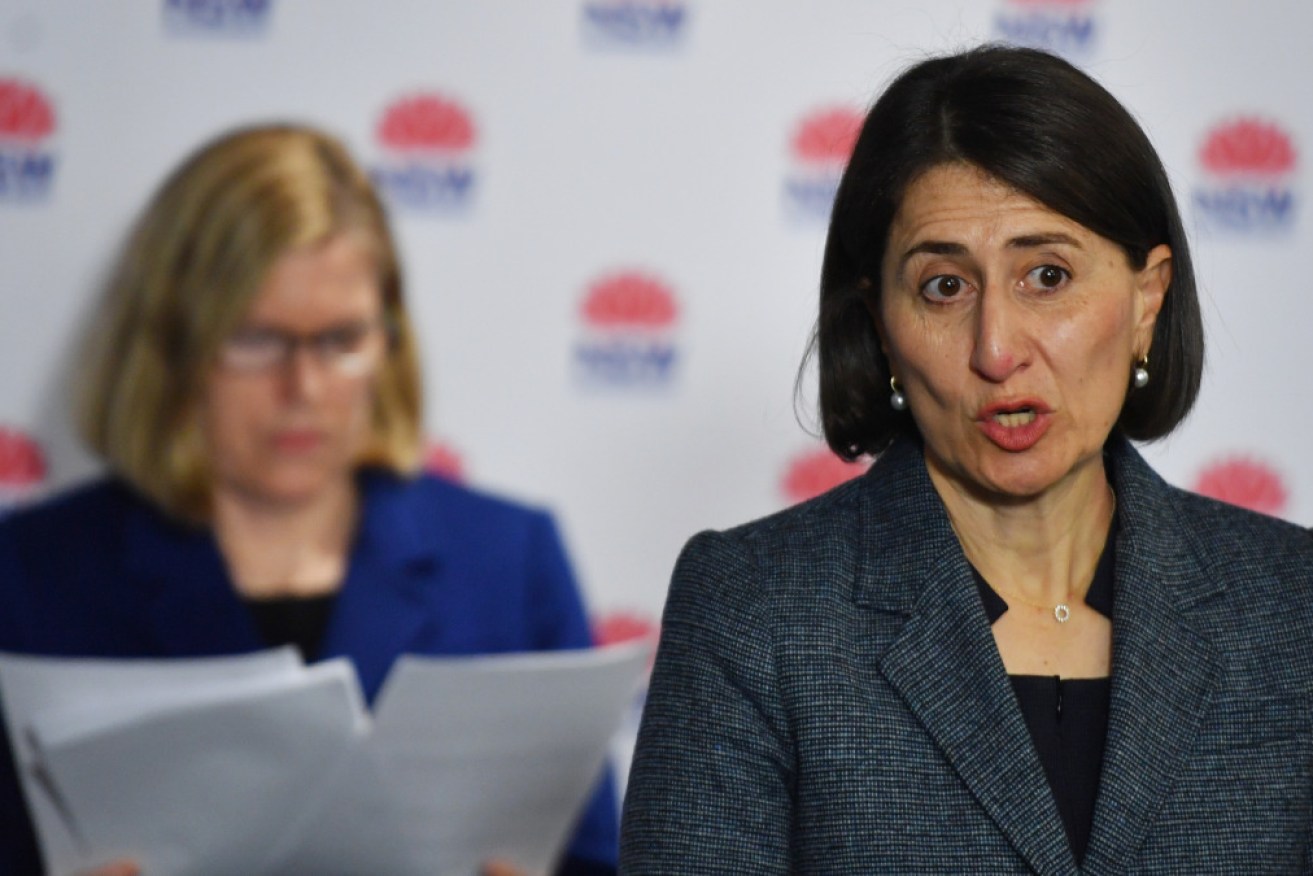‘They’ve taken a punt’: Sydney’s ‘lockdown light’ may not be enough to stop COVID’s Delta strain


The NSW government has gone for a 'lockdown light' approach, but experts fear it will fail. Photo: AAP
Lockdown.
NSW Premier Gladys Berejiklian won’t say that word. Some in Melbourne are sneering at it. And epidemiologists say the government’s approach is a gamble.
On Friday, New South Wales implemented stay-at-home orders for anyone who lives and works in four of Sydney’s inner-city council areas.
For the rest of the city, the restrictions are lighter – you can still go to gyms, have five people over for dinner or attend a sporting match (at 50 per cent capacity).
The state’s targeted approach to lockdown, with fewer restrictions and strong reluctance to send the whole city into isolation, makes a stark contrast with the snap lockdowns we’ve seen in other cities such as Melbourne, Brisbane and Perth.
‘Lockdown light’ approach
Epidemiologist Mary-Louise McLaws, a member of the World Health Organisation’s COVID-19 response team, told The New Daily the NSW government had gone for a ‘lockdown light’ approach.
“This lockdown of greater Sydney is light. I think we should have all felt the pain together and went for a lockdown over the weekend in particular,” Professor McLaws said.
“It will certainly slow down any additional transmission outside those areas – but there’s a big assumption that there are no cases currently outside them.”
Australia is dealing with a new coronavirus variant – Delta – that moves quicker than anything we’ve seen before.
At the start of the pandemic, health authorities thought it took about 15 minutes of close contact for someone to become infected with COVID-19. Now they know it can happen almost instantaneously.
It took just seconds for one person to infect a stranger as they walked past each other while shopping at Bondi Junction Westfield.
NSW Chief Health Officer Kerry Chant described the Westfield case as a “scarily fleeting” encounter.
“They are clearly facing each other but it is literally someone moving across from each other for a moment. Close, but momentary,” Dr Chant said of the CCTV footage which showed the strangers passing.
Sydney’s three-week northern beaches lockdown in January worked, but that was before the Delta variant emerged.
To try a targeted lockdown again is a gamble, Professor McLaws said.
“With a variant of concern, they need to rejig things … I thought [a lockdown] should have come last week,” she said.
“One of the big problems is, we Sydneysiders travel long distances, we travel to shop and for work.”
Professor McLaws said she understood what a difficult decision lockdowns were, but in some cases they were needed to break the transmission.
“Just locking down a few of the perceived hot spots may do a lot, but it may not be perfect,” she said.
Sydney’s suburb-by-suburb lockdown has created chaos – with reports that pubs on one side of Newtown’s famous King Street strip were closed on Friday afternoon while those on other side were open.
Infectious disease expert Bill Bowtell, an adjunct professor at the University of NSW, said it was concerning the virus had already spread out of the state.
“Locking down four government areas is a good idea, but the virus does not understand suburbs,” Adjunct Professor Bowtell said.
“So, they’ve taken a punt.”
Sydney has long been being dubbed Australia’s COVID success story.
The state had very good outbreak response teams from the start and it has a long history of investing in public health.
NSW’s ‘gold standard’ contact tracing team is staffed by hundreds of people and receives extra help from ADF personnel.
But on Thursday, Premier Berejiklian said the state was experiencing its “scariest moment” since the pandemic started.
Go hard or go home (possibly for a long time)
Australian Medical Association vice-president Chris Moy told The New Daily that Sydney’s restrictions may not be enough.
“There’s no way the tracing team are not under stress. Even though they are doing a really good job, the bottom line is they’re dealing with a much more infectious variant than they’ve dealt with before,” Dr Moy said.
Without a vaccinated population Australia has three levers it can pull in terms of fending off COVID.
The first lever is hotel quarantine, the second is contact tracing, and the third is lockdowns.
“I think the next 48-72 hours are the critical point,” Dr Moy said.
“It’s hard to know which way it will go. I have great sympathy for decision-makers.”








